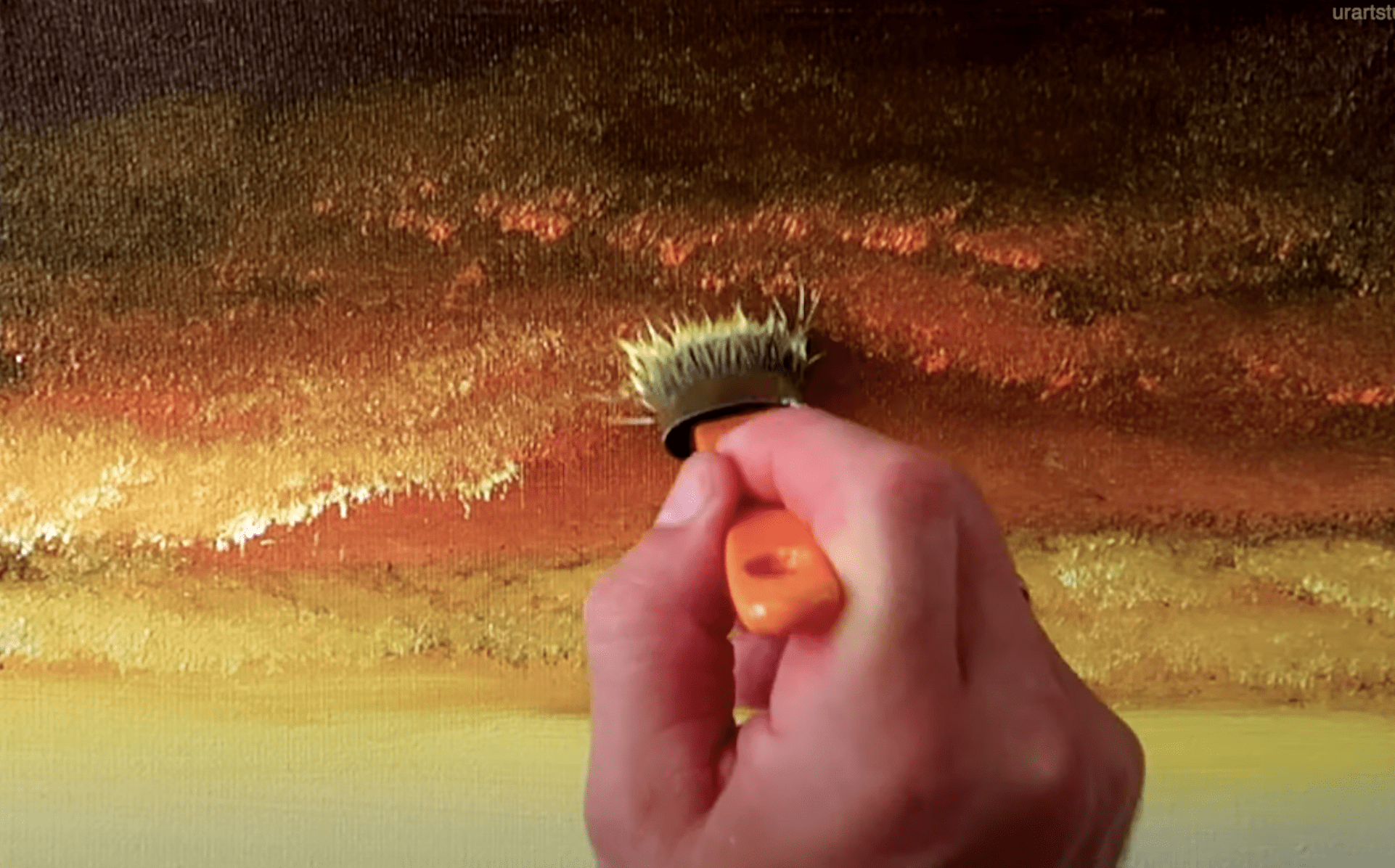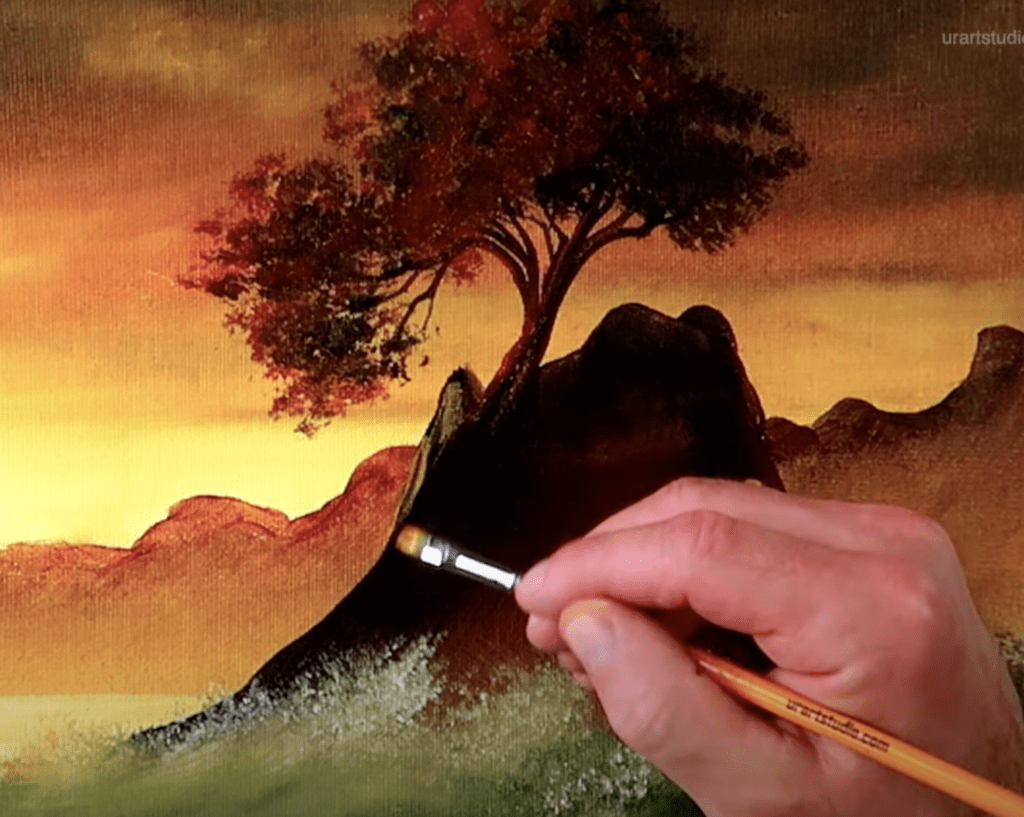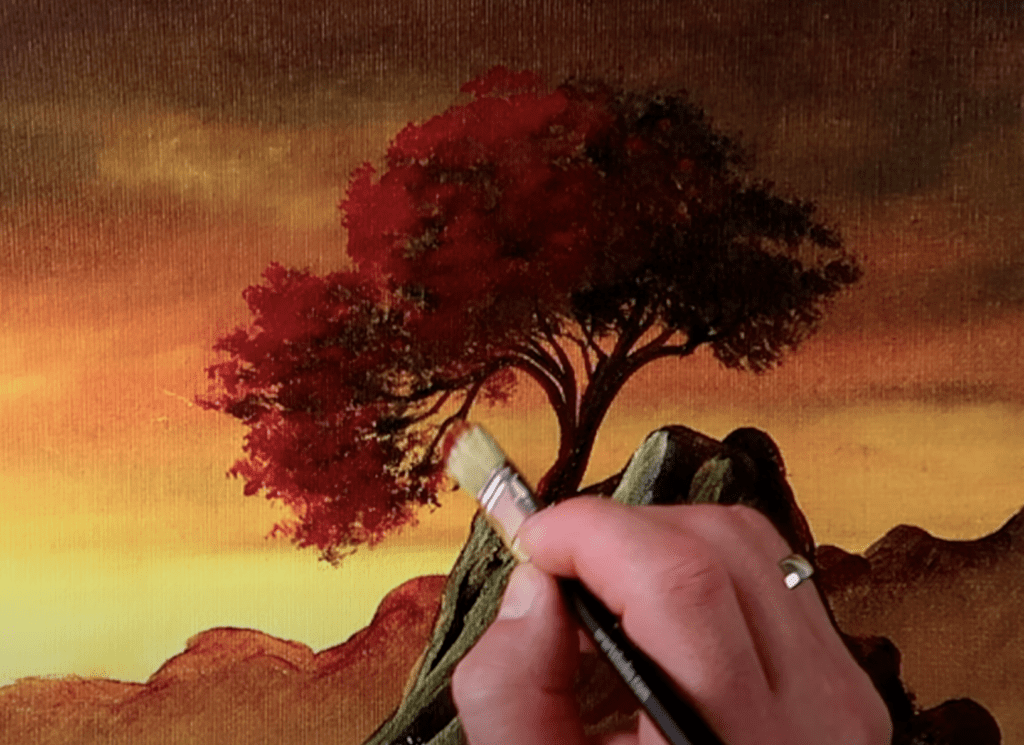In the world of acrylic painting, precision is a vital component that can transform a good piece of artwork into an exceptional one. Brush control is key to achieving detailed and intricate results while allowing you to express your creativity freely. Whether you are painting landscapes, portraits, or abstract art, mastering brush control will empower you to apply your vision effectively onto the canvas. This comprehensive guide will provide essential tips and techniques for enhancing your brush control in acrylic painting.
1. Understanding the Importance of Brush Control
Brush control refers to the ability to direct your brush movements confidently and effectively. Achieving precision can be the difference between a beautifully crafted detail and a sloppy brushstroke. Here are a few reasons why mastering brush control is essential for acrylic painting:
A. Enhance Detail Work
Fine details can breathe life into your artwork, and good brush control allows you to:
- Accurately depict textures, such as leaves on a tree or fur on an animal.
- Create crisp lines for edges and defined features, making your artwork more dynamic and engaging.
B. Improve Composition
Having control over your brush movements enables you to:
- Define shapes clearly, contributing to well-balanced compositions that draw the viewer’s eye.
- Adjust elements in composition as needed, facilitating spontaneous changes without compromising the overall design.
C. Foster Confidence in Technique
Mastering brush control fosters a sense of confidence in your painting technique, allowing you to:
- Experiment with new styles and methods without the fear of undesired outcomes.
- Take creative liberties while maintaining the integrity of your work.
2. Tips for Improving Brush Control
Here are several strategies to help enhance your brush control and precision while painting with acrylics.
A. Choose the Right Brushes
Using quality brushes tailored for acrylic painting can significantly impact your control. Different brushes provide varying levels of stiffness, flexibility, and bristle shapes.
- Stiff Bristles for Precision: For detailed work, brushes with stiff bristles are ideal. They offer more control over paint application during intricate strokes.
- Flexible Brushes for Fine Detail: Round brushes are great for finely detailed work, while liner brushes excel in creating thin lines and delicate textures.
B. Practice Techniques
Regular practice is crucial in honing your brush control. Consider these techniques:
1. Controlled Strokes
- Short Strokes: Start with short strokes to gain confidence. This helps you practice precision without overextending your brush movements.
- Long Strokes: Gradually progress to longer strokes as your comfort level increases, working on maintaining a steady hand throughout.
2. Freehand Shapes
- Practice Basic Shapes: Create simple shapes like circles, squares, and lines freehand to master control. Focusing on stable and consistent lines will aid your overall brush control.
- Varying Pressure: Experiment with different pressures to see how it affects the line thickness. Light pressure creates thin lines, while heavier pressure yields thicker strokes.
C. Use Reference Materials
References can aid in developing your precision skills.
- Photographs: Use photographs of your subjects to practice replicating details. This helps you develop the capability to observe and recreate intricate parts accurately.
- Real-Life Observation: When painting landscapes, take note of how different elements are shaped and colored. Understanding their structure informs your brushwork and enhances control.
D. Maintain a Steady Hand
Stability is fundamental in achieving precision.
1. Relax Your Grip
Hold your brush loosely but firmly. A death grip can result in shaky movements, while a relaxed grip allows for fluid motion and more control.
2. Resting Techniques
Use your wrist or forearm as a stabilizer when necessary. Resting your hand on the canvas or table provides additional control and reduces strain.
E. Incorporate Different Brush Techniques
Explore various brush techniques that demand control to enhance precision:
1. Dry Brushing
- Technique: This involves using a dry brush with a small amount of paint to create fine textures and soft outlines. It requires a steady hand to control outcomes.
2. Glazing
- Technique: Applying a thin, transparent layer over dried paint helps blend colors without overpowering underlying details. This technique requires precision to ensure you enhance without obscuring clean lines.
F. Experiment with Brush Movement
Understanding how brush strokes work can dramatically improve your control.
1. Circular Motion
- Technique: Practice making small circular motions with your brush to create soft blends or textured surfaces. This exercise helps you become accustomed to controlling the brush with fluidity.
2. Flicking Effect
- Technique: Use a flicking motion with your wrist for capturing elements like grasses or delicate flower petals. This technique emphasizes the importance of wrist movement and control.
3. Importance of Consistency in Practice
Improving brush control is not an overnight task; it requires consistency in practice. Create a regular painting schedule to incorporate exercises that emphasize precision.
A. Keep a Sketchbook
- Draw and paint regular small studies that allow you to practice control without the pressure of creating a “finished” piece.
B. Document Your Progress
- Take notes on your experiences with brush control techniques and document your progress. Reflecting on your development helps reinforce lessons learned and strengthens your confidence.
4. Adjusting to Different Painting Situations
Different painting environments may require you to adapt your brush control techniques. Consider:
A. Outdoor Conditions
When painting outdoors, changing light conditions can affect visibility:
- Use Larger Brushes for Quick Stroke: Larger brushes can help you quickly cover areas without focusing too much on intricate detail, managing brush control amidst challenges.
- Sustainable Control through Practice: Continually refine your brush control to enable the flexibility required for changing conditions, including wind or varying light.
B. Dim Environments
Under less-than-perfect lighting, your ability to see detail may be impaired:
- Prioritize Comfortability and Position: Ensure your work area is well-lit and your posture maintains control—adjust your workspace to optimize both.
5. Conclusion: Empower Your Acrylic Painting Precision
Brush control is an indispensable skill in the realm of acrylic painting, greatly influencing the outcome of your artwork. With dedication and practice, you can enhance your precision, allowing your creative vision to flourish.
At Urart Studio, we support artists at all levels by providing resources to help you refine your painting skills. Visit our online store at urartstudio.com/shop for a wide selection of brushes, art supplies, and tools to elevate your artistic journey. Don’t forget to explore valuable painting tips at urartstudio.com/painting-tips and review our detailed step-by-step painting instructions at urartstudio.com/step-by-step-painting-instructions. Together, let’s enhance your brush control and take your acrylic paintings to new heights!
Keywords: brush control, acrylic painting techniques, precision in art, painting exercises, brush techniques, art supplies.
#BrushControl, #AcrylicPaintingTechniques, #PrecisionInArt, #PaintingExercises, #BrushTechniques, #ArtSupplies





Leave a Reply
You must be logged in to post a comment.